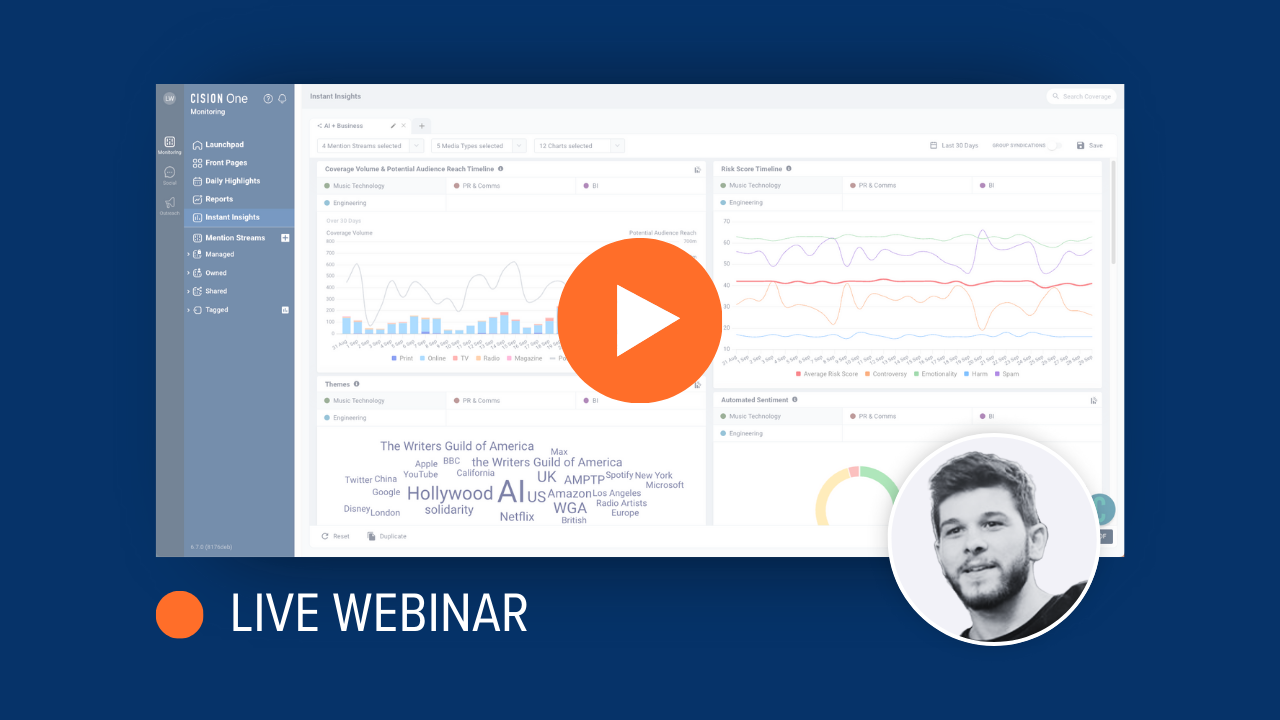To follow up, or not to follow up? That is the question many public relations practitioners ponder after sending out a media pitch. It’s also a question without a definitive answer, as not all journalists have the same philosophy on the subject.
According to the 2025 State of the Media Report, most reporters (62%) advise following up on a media pitch once (and once only), while a mere 8% encourage following up multiple times.
Journalists’ inboxes are already inundated with pitches (half of them receive over 50 pitches per week), so adding follow-up emails on top of that can quickly become overwhelming. That could explain why 30% of journalists don’t want any follow-up at all and over 50% would put you on their “don’t call” list if you follow up repeatedly.
But how do you make the distinction and identify which reporters want you to follow up and which ones want to be left alone?
Media Pitching 101: What to Know Before Following Up with Journalists
To help you decide if, when, and how to follow up with a journalist or reporter, consider the following guidance – assembled from years of research into media pitching preferences.
Timing Matters
According to Cision research, 3 in 10 journalists want two to three days to look over a pitch before a PR pro follows up with them.
Time it right: When in doubt, look at the nature of the publication you’re eyeing and the timeliness of the story. Almost half (49%) of journalists shared that they sometimes get a pitch they would like to cover but can’t due to time or resource constraints.
It’s important to consider the time of day as well. Our research found that the worst times to follow up with reporters are bookends for their working day (before 8:00 a.m. and after 4:00 p.m.) and the sweet spot for following up is between 8:00 a.m. and noon.
Keep It Brief
The vast majority of journalists want media pitches that are brief and to the point. To be precise, the ideal length is considered to be between 100 and 300 words. Your follow-up message should be even shorter. Try to quickly summarize your earlier pitch as concisely as possible – reminding the reporter why this story is particularly newsworthy for their audience, and including any new updates. Be sure to mention your original email’s subject line to make it easier for the journalists to retrieve for their reference. Also, keep in mind that email remains the best avenue for pitching journalists – 96% prefer it over any other method – so use it for both your pitch and follow-up. Unless you’ve already built a rapport with them on social, reconsider before you switch channels and slide into a journalist’s DMs.
Try a New Angle
If your original pitch didn’t get a response, consider the possible reasons as to why. Perhaps the timing didn’t work out. Or maybe the pitch wasn’t right for the journalists you reached out to (more on that below). Perhaps it’s simply not compelling enough: A recurring theme among our respondents was the need for more original stories and unique angles. As one of our respondents shared: “Lately, pitches have not been offering new or creative angles.”, while another pointed out: “Unique story angles are key. I’m not interested in ‘content’.”
Persistence Doesn't Always Pay Off
…At least when it comes to media pitching. If you’ve followed up and still haven’t gotten a reply, it may be time to move on: Remember, fewer than 1 in 10 journalists recommend more than one follow- up; even more alarming: The majority of journalists will block a media relations person who follows up persistently. When asked about the main reasons for rejecting a pitch, one reporter shared: “They send too many ‘follow-up' emails or ask if I had a chance to review what they pitched.”
Reconsider Your Audience
The best defense against poor follow-up etiquette is knowing your audience. While you should always do your research before contacting journalists, it is absolutely critical when following up. Before reaching out, ask yourself:
- Is it relevant enough? Consider the journalist’s audience and their circulation area.
- Am I pitching something they already covered? Check their previous stories.
- Was my pitch personalized (correctly)? Double-check your original email and fix any potential issues. Make sure you address them by name, reference their recent work, and explain why your story fits their specific coverage area. (Pro Tip: You can use CisionOne Outreach – its AI Pitches feature helps you personalize a pitch in your tone and voice within seconds.)
Focus on the Long Game
If your pitch doesn’t get picked up, it doesn’t necessarily mean it was a bad pitch or that the story was a bad fit. Oftentimes, breaking news, bloated inboxes, or packed schedules don’t allow journalists time to cover stories they normally would.
While not every media pitch will immediately land earned media coverage for your brand, it is an opportunity to start building relationships with journalists.
More Media Pitching Advice
For more tips on more effective and results-oriented media outreach, consider these related resources:
How to Write a PR Pitch That Gets Results: 7 Journalist-Approved Tips
Journalists Discuss the PR Pitches That Got Their Attention for Better or Worse
Most Recent Posts
Cision Resources
-
E-books and Guides
Comprehensive how-to guides on strategy and tactics
-
Case Studies
What are other brands doing – and how can we learn from them?
About Bianca Parvu
Bianca is the Junior Copywriter at Cision, specializing in tech industry storytelling. She crafts engaging content across digital channels, from thought leadership to email marketing campaigns.
Learn More. Do More. demo new
PR Tips, Case Studies, and Product Updates

[On-Demand Webinar] The Next Generation of Media Intelligence: From Gorkana to CisionOne
Explore CisionOne, a revolutionary media intelligence platform, and the evolution of Gorkana. Learn key features and strategies from Luke Williams, CisionOne Product Marketing Manager. Elevate your media outreach to new heights!


